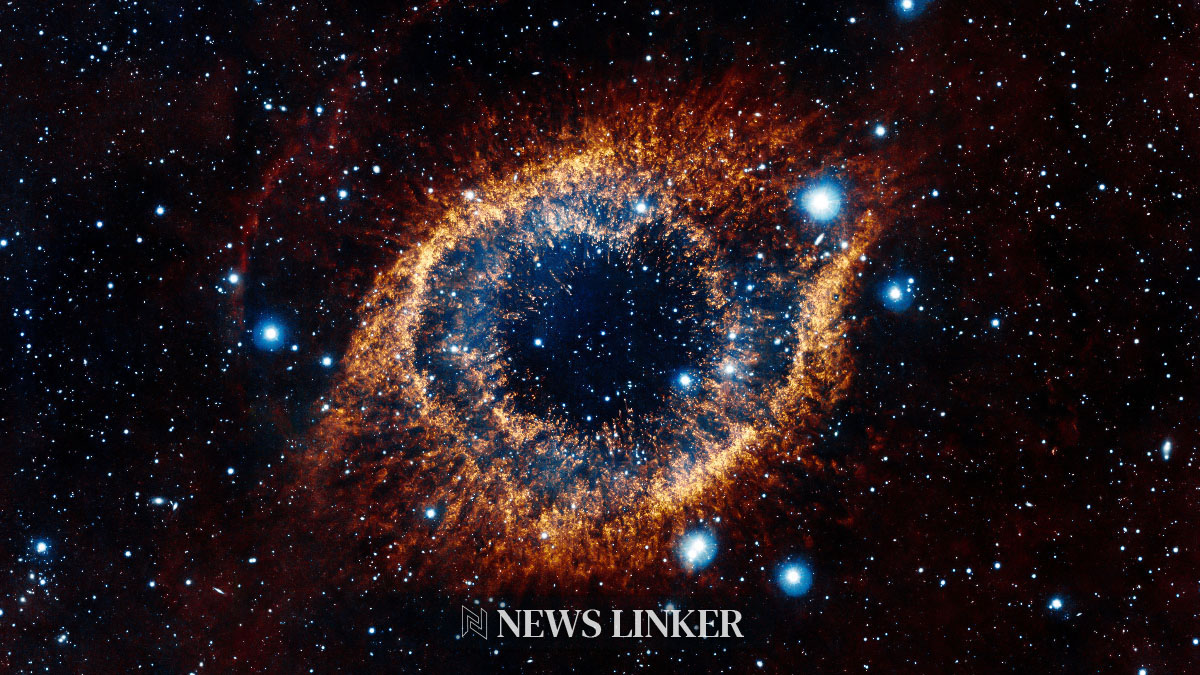In an extraordinary interstellar snapshot, the Hubble Space Telescope has captured an image of the spiral galaxy IC 4633 shrouded in a vast dark cloud of interstellar dust. This celestial body, located 100 million light-years away in the constellation Apus, is a bustling hub of star formation. Despite its distance, the galaxy’s orientation towards Earth allows a relatively clear view, revealing its active galactic nucleus and billions of stars. But the dark nebula in the Chamaeleon region, which lies a mere 500 light-years from Earth, partly obstructs our view of IC 4633. This image, a blend of cosmic near and far, showcases the intricate relationship between our Milky Way’s features and the more distant reaches of the universe.
Galactic Glimpses and Obscured Views
The Chamaeleon region’s dark clouds, named after the constellation they cover, extend across the southern sky, even into neighboring constellations like Apus. These clouds are renowned for their high concentration of young stars, particularly the Cha I cloud, which has been the subject of imagery from both Hubble and the James Webb Space Telescope. The particular cloud that obscures IC 4633, identified as MW9 or the South Celestial Serpent, forms part of a trail of faint gas called an integrated flux nebula (IFN). These IFNs are distinctive because they’re not associated with any single star and are dimly illuminated by the collective light of the galaxy’s stars. Hubble’s advanced capabilities allow it to capture even these subtle details, although the image represents only a fraction of the South Celestial Serpent’s full expanse.
Further Observations and Astronomical Studies
Astronomers have taken a keen interest in features like the Chamaeleon dark clouds and the galaxies behind them, as they provide an opportunity to study the complex interplay of interstellar matter and galactic structures. The ongoing observations of areas like the Chamaeleon region contribute significantly to our understanding of star formation and galactic composition. In a closely related study, Space.com in the article “Spiral Galaxy’s Hiding Behind Dusty Veils in Stunning Hubble Image” reveals that similar obscured galaxies offer a window into the dynamics of cosmic dust and its role in the universe. Another related insight comes from Universe Today’s article “Astronomers Find a Galaxy Shrouded in a Dark Cloud,” which explores how these galaxies’ obscured views challenge astronomers to piece together the puzzle of their underlying structures and star populations.
Implications for Astronomers and Enthusiasts
While capturing such distant and obscured galaxies presents challenges, it also paves the way for innovative techniques and technologies in astronomy. This ongoing exploration not only enriches our cosmic knowledge but also fuels the curiosity of both professional astronomers and space enthusiasts. As we continue to gaze into the depths of space, each new image from telescopes like Hubble and James Webb brings with it a wealth of information about the grand tapestry of the universe, revealing the beauty and complexity of the cosmos in ways we have only begun to understand.
- Galactic dust’s impact on star formation studies.
- IFNs’ role in the astronomical research community.
- Advanced telescopes enhance visibility of celestial objects.










